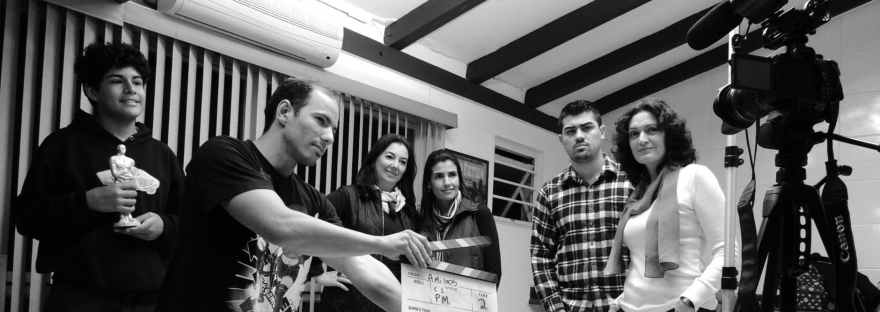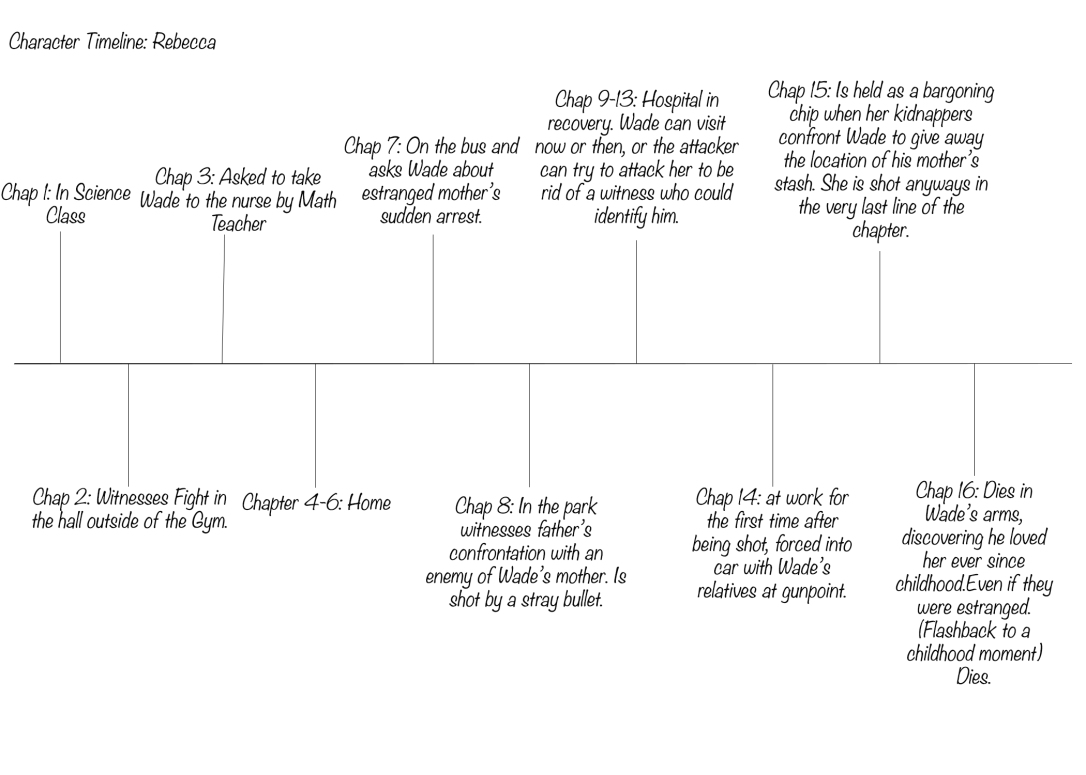
One of the most crucial things most writer’s over-look is the importance of who tells their story and how. Point of View (or POV) is the voice talking to your audience. Without an effective point of view your book will have just as much personality as a lamppost. For this you have 3 options: First Person, Second Person, and Third Person point of views.
When you begin to plan your point of view, keeping a few things in mind will help point you in the right direction.
Who has the most at stake? Readers want to hear the words of someone who will develop the most during the duration of the story.
Who can best help present the theme of your story? If your theme is death, you might not want to choose a character who doesn’t loose someone close to them.
Where is the most action? Don’t make your readers miss out on a great scene in the book. If your view point character is not invited to a party where the antagonist gets a serious butt-whooping, it will make your reader upset they didn’t get to see all the drama unfold.
Which character has the most entertaining outlook on life amongst the characters that cover all these? Who has the most unique voice or the most entertaining personality to you? What are you are you going to keep to yourself? What POV will be most effective in doing this?
So, let’s break down these options and what they can do for your story and decide what you want to get across to your reader.
The First Person POV
This is a way to tell your story at an intimate level. Readers get to know your narrator like a friend and can hear their voice as they read because your character is telling them what went down. This has the potential to be entertaining and humorous in allowing your character be themselves and bond with the reader.
You must also decide if the narrator is Reliable or Unreliable. Is the narrator giving us a faithful retelling or do they twist things to tell us only what they want to? The possibilities to make your first person viewpoint character shine are numerous!
The Second Person POV
If you want to take the road less traveled, pick this one- though it’s not recommended. This post is in second person after all with all my “you” s and “your” s. You’re the character and I am engaging you in the story I am telling about how important points of views are. You are at the center stage, and you are the main character. This viewpoint of self-reflection appears in literary works and short stories most of the time. An entire novel, rare as they are, can have the reader addressed the entire way through, but it is most often down paragraphs or chapters within longer fictional works.
The Third Person POV
There are so many ways on going about this point of view and it doesn’t leave you at a disadvantage when compared to the others.
Free Indirect Speech can present your character’s voice and opinions like you would in First person. Word choice will help develop their feelings and reason. It gives the reader the ability to see through your characters eyes and your world from a distance. Third Person Limited is the best to get your reader to hear and understand one character’s POV the entire story like the first person, minus the “I” and “me”.
Multiple Points of View is used in a few popular books today, think The Song of Ice and Fire series. This is a powerful tool in getting your reader to know your characters, but it is hard to do effectively. I have come across books where each character speaking sounds the same and different viewpoints have no purpose to further the plot. You must always pay attention to who’s speaking and the difference in character voices/tones in their sections. If you don’t know these nitty gritty details, then I recommend you not using it or your reader will become frustrated. It is also helpful to define who is speaking for the possibility that the reader forgets what a certain character’s narration sounds like and they end up in a tangled web of confusion they must unfurl for themselves. It is also helpful to keep the number of point of view characters to a minimum in one book. If we have ten characters were reading from, it can get confusing. Keep it simple. Your reader does not know your characters and it’s easy to make them feel like they’re in a crowded room with ten different people all shouting at once.
So, What Should You Do?
Do what you want! It is your book. You call the shots and you make the big decisions. If you ask yourself what will engage your readers and best tell your story without focusing on originality, then you will make the right choice more often than not. If you finish your manuscript and decide to change it after- that’s okay! Don’t be afraid to explore different options until one feels right. Not all first tries are successful.
Keep Writing. Keep Growing. You Got This!














 Many of us try to mimic the authors who inspire us in style, story ideas, and characters. But do we know their entire process of creating the worlds and stories we love? Though I encourage you to find your own routine and process of creating your work, here are classic authors and their own methods in creating literature.
Many of us try to mimic the authors who inspire us in style, story ideas, and characters. But do we know their entire process of creating the worlds and stories we love? Though I encourage you to find your own routine and process of creating your work, here are classic authors and their own methods in creating literature.